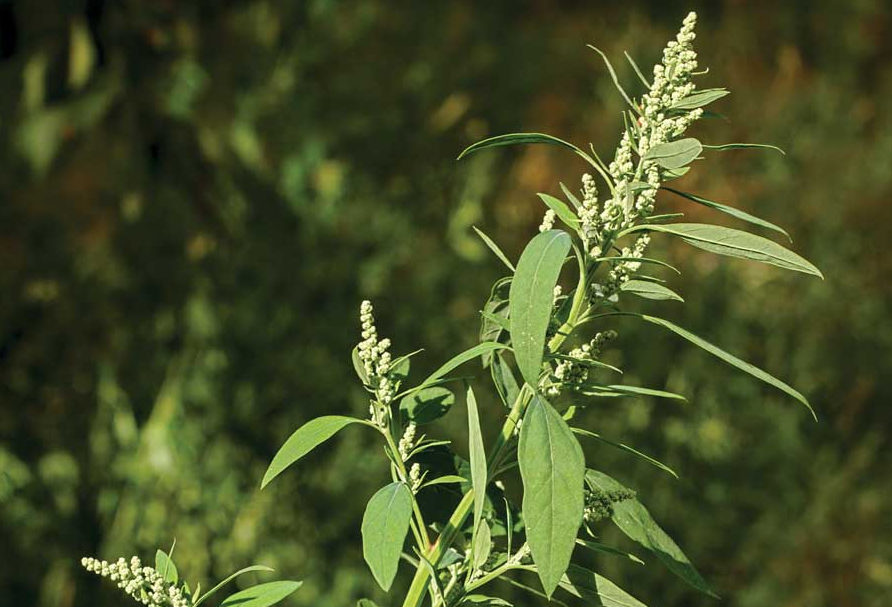No-Till Farmer
Get full access NOW to the most comprehensive, powerful and easy-to-use online resource for no-tillage practices. Just one good idea will pay for your subscription hundreds of times over.

WITH MORE AND more herbicide resistance in weeds being reported and no promising new herbicide sites of action (SOA) waiting in the wings, no-tillers might do well to focus on integrated weed management systems to reduce weed pressure and extend the usefulness of existing herbicides.
Adam Davis, professor of crop sciences at the University of Illinois, says the key to this approach is building weed-suppressive cropping systems based on preventing weeds rather than killing them.
Davis says the evolution of herbicide resistance is nearly unavoidable in weed control approaches based solely on herbicides because once resistant genes are established they remain constant, leading to more and more selection for resistance.
Combining multiple effective herbicide SOA in a single application to increase overall efficacy is more effective that herbicide rotation at slowing the rate of herbicide resistance evolution, he says. “However, it’s also a stopgap measure, delaying rather than preventing loss of control, since efficacy is rarely, if ever, complete.”
Preventing weed seeds from becoming established may seem impossible, but Davis says no-tillers can achieve more successful weed control by prioritizing management strategies based on the entire life cycle of the weeds in their fields.